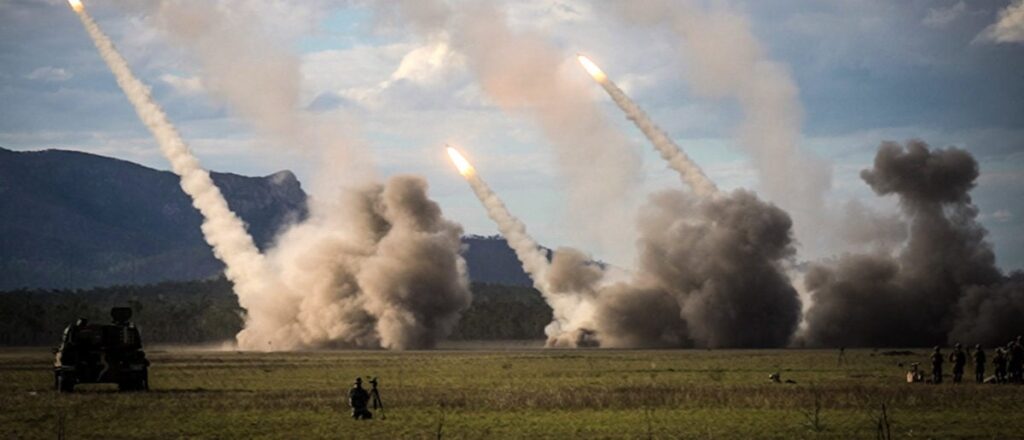The Department of Defense (DoD) is making a significant push for increased funding for both domestic and international missile defense systems. This comes in light of a new budget estimate from the agency, highlighting a 27% increase in the Missile Defense Agency’s (MDA) fiscal year 2026 budget request compared to the 2025 enacted budget. The proposal includes a guaranteed $10.2 billion and a supplemental $3 billion package awaiting Congressional approval.
This funding request follows a recent ballistic missile attack by Iran on the Al-Udeid Air Base in Qatar, underscoring the need for enhanced defense capabilities. The comprehensive package outlines allocations of $10.5 billion for research, development, test, and evaluation, $1.6 billion for procurement, $720.4 million for operations and maintenance, and $306.4 million for military construction, according to a DefenseNews analysis.
Focus on Homeland and International Defense
The MDA’s request notably includes $3.2 billion for the Ground-Based Midcourse Defense system, aimed at protecting the United States from intercontinental ballistic missiles, particularly those from Iran and North Korea. Additionally, significant funding is directed towards Guam, a strategic location in the Indo-Pacific region, where air-and-missile defense systems play a crucial role in countering threats from China and North Korea.
As part of a prior agreement set to expire in 2028, the MDA will continue investing in Israeli defense systems, including the Iron Dome and the Arrow Weapon System. This is supplemented by an additional $1 billion allocated in the Israel Security Supplemental Appropriation Act of 2024.
“The request also includes a 105% increase in the Aegis Ballistic Missile Defense Program spending, rising from $74,208 thousand in fiscal year 2025 to $152,247 in fiscal year 2026,” the estimate states.
The budget also plans for the procurement of approximately 37 Terminal High Altitude Area Defense System interceptors, further enhancing the country’s missile defense capabilities.
Trump’s Ambitious ‘Golden Dome’ Project
In parallel, President Donald Trump has proposed a separate $25 billion funding request for his revolutionary ‘Golden Dome’ initiative, part of a broader $113 billion spending bill currently under Congressional debate. The total cost of the Golden Dome is estimated at $175 billion, with the President asserting that the system will be operational by the end of his term.
“I’m pleased to announce that we have officially selected an architecture for this state-of-the-art system that will deploy next-generation technologies across the land, sea, and space, including space-based sensors and interceptors,” President Trump stated during a May Oval Office meeting.
The Golden Dome is envisioned as a cutting-edge homeland defense system capable of intercepting missiles from global adversaries, including those launched from space. This ambitious project aims to surpass current U.S. missile defense policies, which primarily focus on threats from rogue nations and unauthorized missile launches.
Implications and Future Prospects
The proposed funding increases reflect the Pentagon’s strategic shift towards countering emerging global threats, particularly from nations like China and North Korea. The emphasis on advanced technologies and comprehensive defense systems highlights the evolving nature of global security challenges.
Experts suggest that the success of these initiatives will depend on Congressional support and international collaboration, particularly with allied nations like Israel. The integration of next-generation technologies into existing defense infrastructures will be crucial in maintaining the United States’ strategic edge.
Looking ahead, the outcome of these funding requests could significantly influence the future of U.S. defense policy and its ability to respond to global threats. As the debate continues in Congress, the implications of these decisions will resonate across international relations and defense strategies.
